Rising Health Consciousness
The increasing awareness of health and fitness among consumers appears to be a primary driver for the Sports Bras Market. As individuals prioritize physical well-being, the demand for supportive and comfortable sports bras has surged. This trend is reflected in the growing participation in fitness activities, with a reported increase in gym memberships and fitness classes. The Sports Bras Market is likely to benefit from this shift, as more consumers seek specialized apparel that enhances their workout experience. Furthermore, the emphasis on health and wellness is expected to continue influencing purchasing decisions, leading to a sustained growth trajectory for the industry.
Fashion and Athleisure Trends
The intersection of fashion and functionality is becoming increasingly prominent in the Sports Bras Market. Athleisure, a trend that combines athletic wear with everyday fashion, has gained traction among consumers. This shift suggests that sports bras are no longer merely functional items but are also viewed as fashion statements. The Sports Bras Market is witnessing a diversification of styles, colors, and designs to cater to this demand. As consumers seek versatile options that can transition from workout to casual wear, brands are likely to innovate and expand their offerings, further driving market growth.
Increased Participation in Sports
The growing participation in various sports and fitness activities is a significant driver for the Sports Bras Market. As more individuals engage in sports, the need for appropriate and supportive athletic wear becomes paramount. This trend is particularly evident among women, who are increasingly participating in sports traditionally dominated by men. The Sports Bras Market is likely to experience a boost in demand as brands cater to this expanding demographic. Furthermore, initiatives promoting women's sports and fitness are expected to contribute to sustained growth in the market, as more women seek specialized sports bras that provide the necessary support.
E-commerce Growth and Accessibility
The rise of e-commerce is transforming the retail landscape for the Sports Bras Market. Online shopping offers consumers greater accessibility to a wide range of products, including specialized sports bras. This shift is particularly beneficial for niche brands that may not have a physical presence in traditional retail outlets. The Sports Bras Market is likely to see increased sales as consumers take advantage of the convenience and variety offered by online platforms. Additionally, the ability to easily compare products and read reviews may enhance consumer confidence in purchasing decisions, further driving market growth.
Technological Innovations in Fabric
Advancements in fabric technology are playing a crucial role in shaping the Sports Bras Market. Innovations such as moisture-wicking materials, seamless designs, and enhanced breathability are becoming standard features in sports bras. These technological improvements not only enhance comfort but also improve performance during physical activities. The Sports Bras Market is expected to see increased competition as brands strive to incorporate cutting-edge materials that meet the evolving needs of consumers. As a result, the integration of technology into sports bras may lead to higher consumer satisfaction and loyalty, ultimately driving sales.


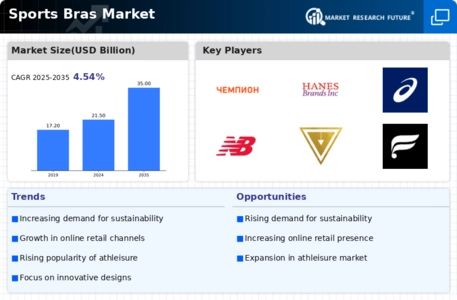
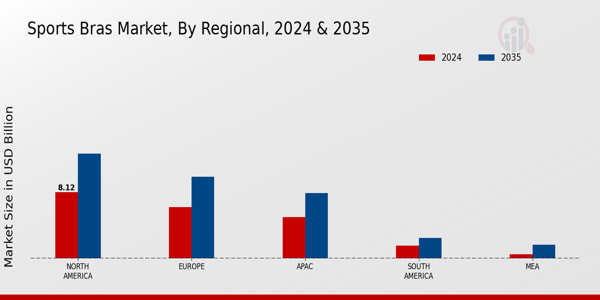

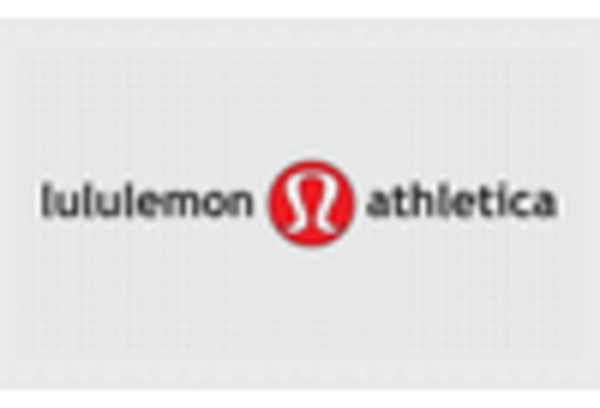
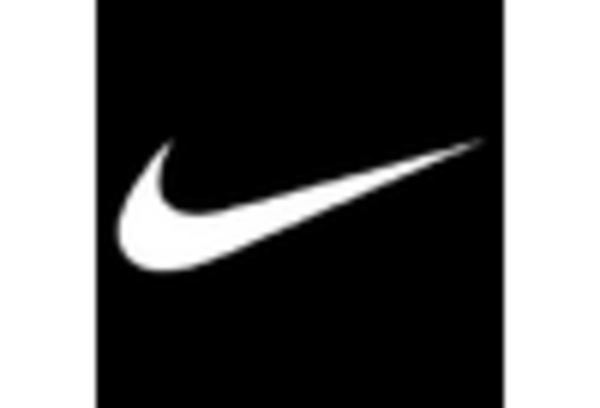
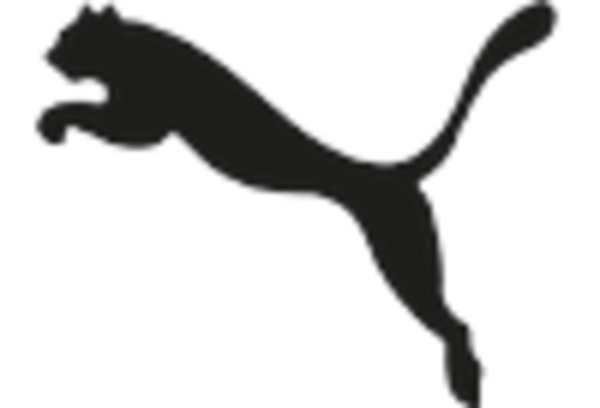
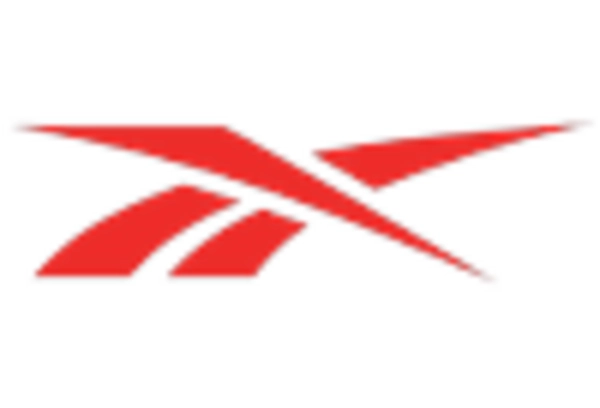
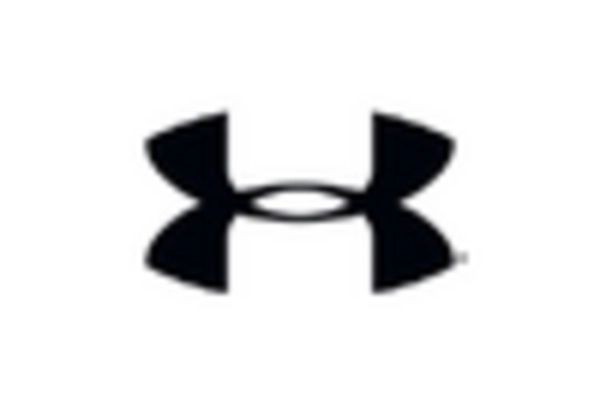








Leave a Comment